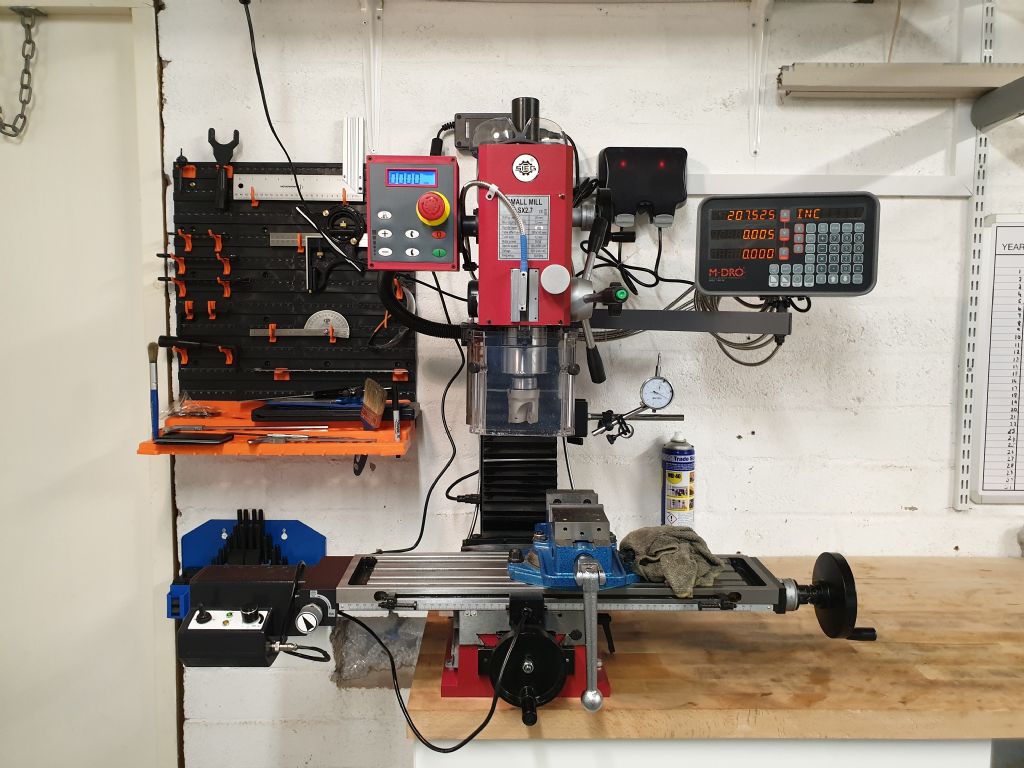Axis orientation (or, where is zero?)
Axis orientation (or, where is zero?)
- This topic has 14 replies, 12 voices, and was last updated 4 April 2019 at 21:35 by
 Michael Gilligan.
Michael Gilligan.
Viewing 15 posts - 1 through 15 (of 15 total)
Viewing 15 posts - 1 through 15 (of 15 total)
- Please log in to reply to this topic. Registering is free and easy using the links on the menu at the top of this page.
Latest Replies
Viewing 25 topics - 1 through 25 (of 25 total)
-
- Topic
- Voices
- Last Post
Viewing 25 topics - 1 through 25 (of 25 total)
Latest Issue
Newsletter Sign-up
Latest Replies
- End Mill Sharpening Jig
- interchangeable Myford beds
- Hello.
- Modular 3/4 inch TE info required
- Weird electric actuator action
- Mercer comparator gauge repair help.
- Painting mating surfaces
- 125 mm chuck onto my lathe
- Indicator bulb with bayonet mount needed
- Warco Super Major Milling Machine – Stripping Gearbox





